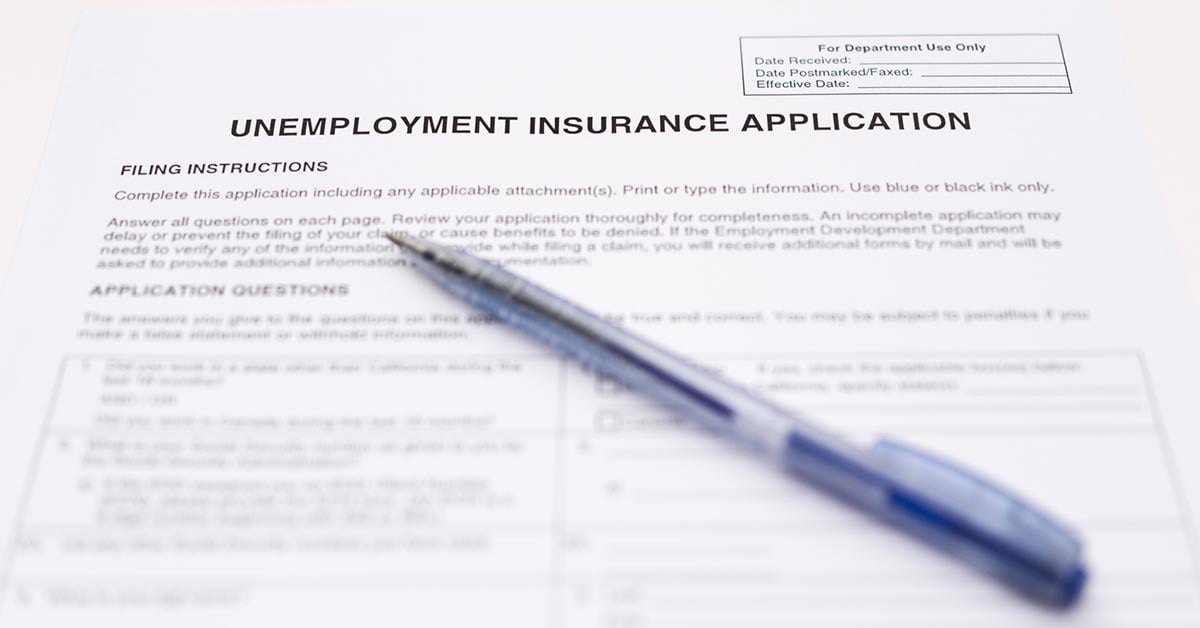Planning Opportunities for Qualified Small Businesses and Updated IRC Section 1202 Rules Under the OBBBA
For entrepreneurs, investors, and founders, recent updates to the Opportunity to Build Better Businesses Act (OBBBA) expand one of the most powerful...
 Redpath and Company
Redpath and Company




